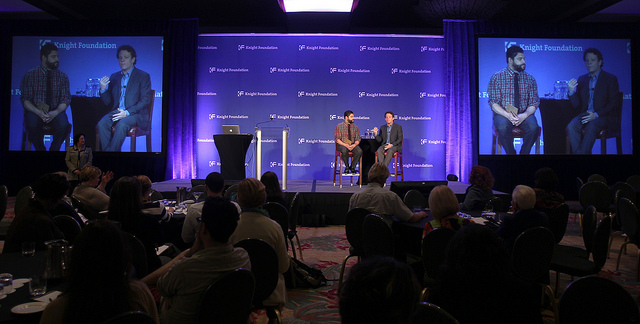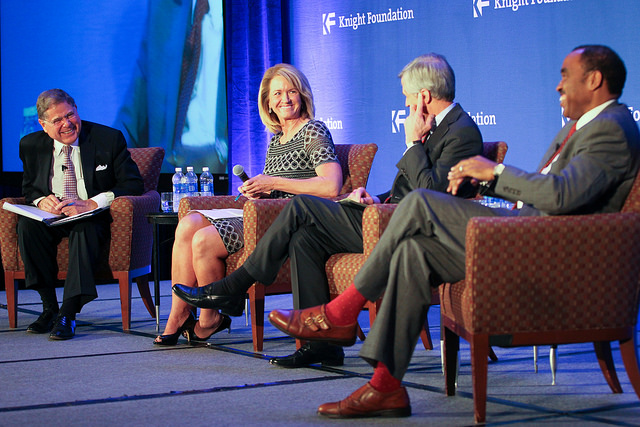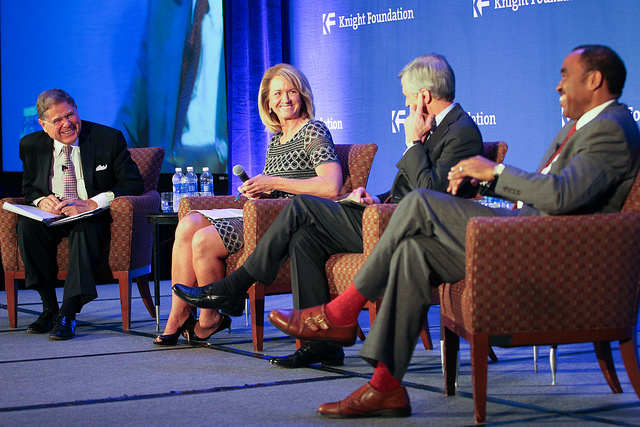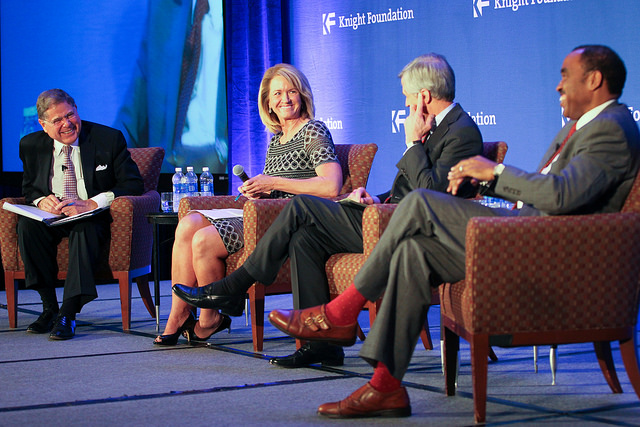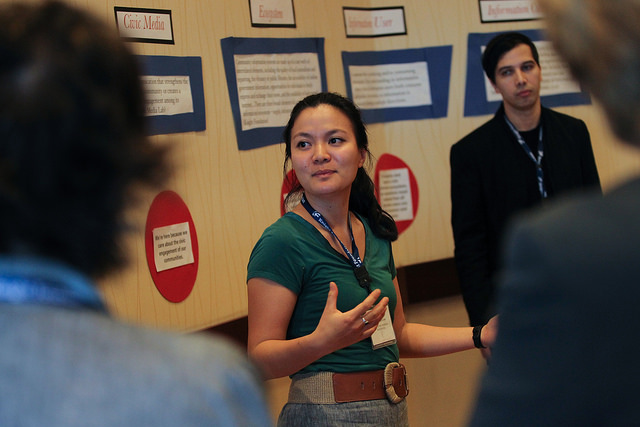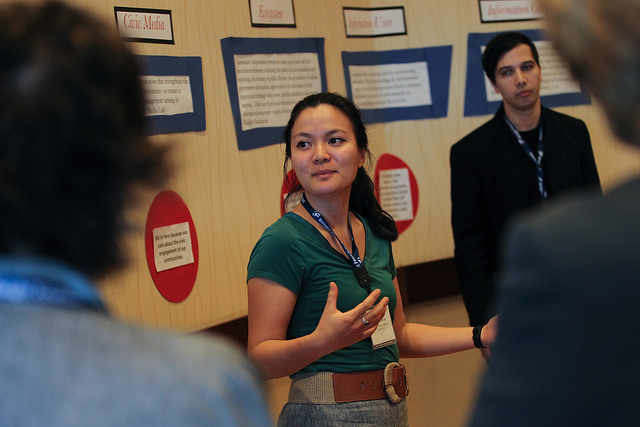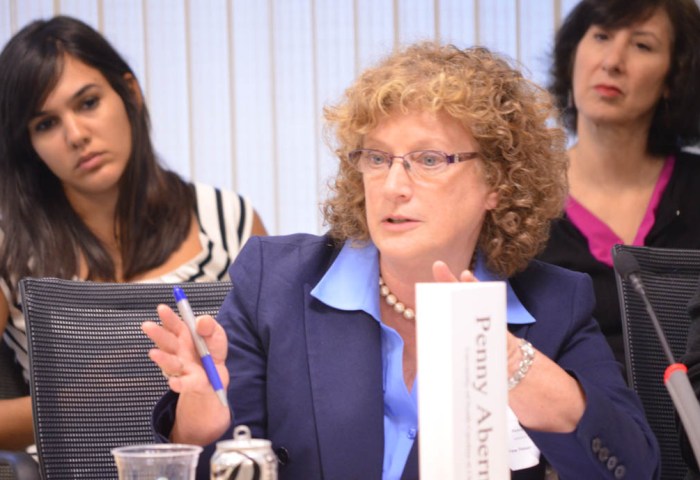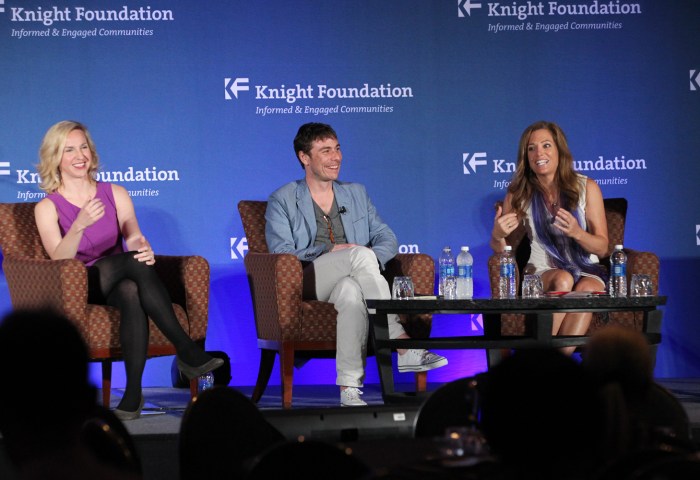Photo: The Aspen Instiute Roundtable on Net Neutrality this week. Credit: Aspen Institute. Despite the Internet being essential to life as we know it in 2014, only a small percentage of people understand how it really works. Without business and policy leaders who “get it,” misguided decisions about how the network is governed and regulated […]
Article · August 13, 2014 by Elise Hu
